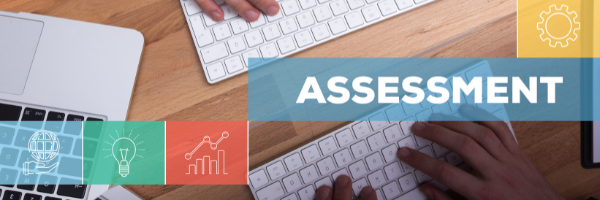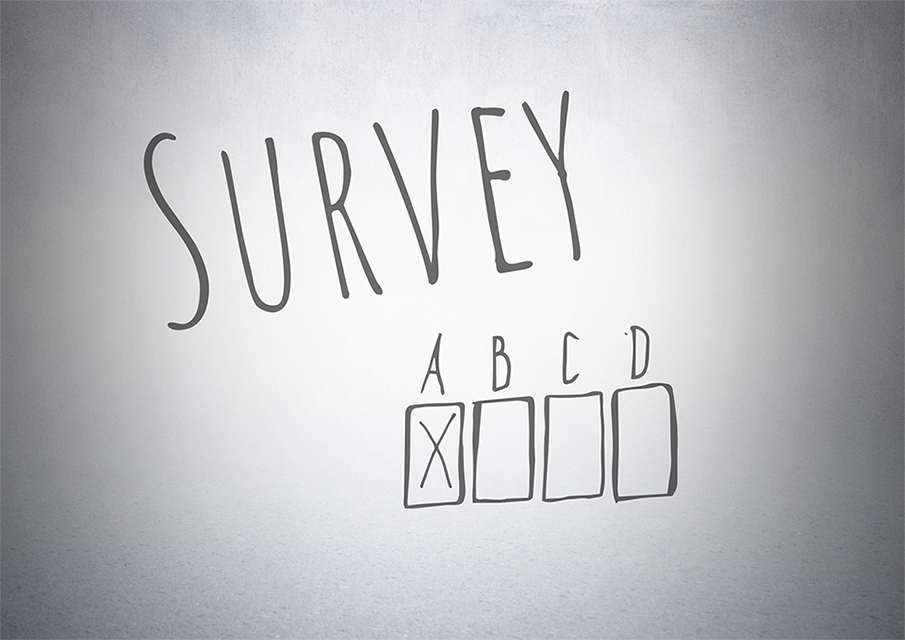User Adoption Strategy: Why Training Alone Won’t Drive System Adoption
New systems are rarely just about technology. The most sophisticated platform or software implementation can fail, quietly or spectacularly, not because the tools are flawed, but because the people who use them were never truly brought along.
Many organizations believe that launching a new system is simply a matter of planning a go-live date, issuing a few communications, and providing standard training. But for organizations with multiple locations, varied user groups, and complex workflows, that approach is not just risky, it’s ineffective.
There’s a disconnect here, and it lies in how organizations approach change and how they train their people.
Read More
Topics:
training needs assessment,
training needs analysis,
Components of a Training Needs Assessment,
How to Conduct a Training Needs Assessment,
3 levels of training needs assessment,
How to Assess Training Needs,
How to Identify Skill Gaps
What is Needs Assessment in the Training Design Process?
Training and development play a pivotal role in the growth and success of any organization. However, the effectiveness of training programs hinges on a well-executed needs assessment. Needs assessment, a crucial first step in the training design process, involves a systematic approach to identifying and understanding the training requirements within an organization.
This blog post will explore the concept of a training needs assessment, its importance, methodologies, and how it integrates into the training design process to ensure that training initiatives are impactful and aligned with organizational goals.
Read More
Topics:
training needs analysis,
Components of a Training Needs Assessment,
How to Conduct a Training Needs Assessment,
TNA,
3 levels of training needs assessment,
How to Assess Training Needs,
How Do You Assess Training Needs,
How to Assess Training Needs of Employees,
Corporate Training Needs Analysis
Upskilling the Workforce: How Learning Needs Analysis
Transforms Employee Training
Upskilling is an important part of building a stronger, more capable team. One practical way to support this is through Learning Needs Analysis (LNA). This process helps identify the specific skills employees need and ensures that training is focused, useful, and tied to real business goals.
Also known as Training Needs Assessment(TNA), LNA gives organizations a clear picture of where skill gaps exist and how to address them. It helps make sure employees get the right training for their roles, leading to better performance and long-term growth.
Read More
Topics:
training needs assessment,
training needs assessment questions,
training needs analysis,
how to do a training needs assessment,
TNA,
3 levels of training needs assessment,
training needs assessment tools,
How to Assess Training Needs,
How Do You Assess Training Needs,
objectives of training needs assessment,
Corporate Training Needs Analysis,
Learning Needs Analysis
How to Assess Training Needs in 5 Steps
As skills shortages persist across nearly every industry, many organizations are evaluating their training strategies to upskill employees and attract talent. According to a 2022 report by the Society for Human Resource Management, almost half of the employees agree that training opportunities were a factor in choosing their employer. Three in four employees are more likely to stay with companies that offer continuous training.
Read More
Topics:
Training Needs Assessment Example ,
Training Needs Assessment Template,
Components of a Training Needs Assessment,
How to Conduct a Training Needs Assessment,
Three levels of training needs assessment,
Training needs assessment steps,
3 levels of training needs assessment,
Top Training Needs Assessment Tools,
How to Assess Training Needs,
How Do You Assess Training Needs,
How to Assess Training Needs of Employees
Preparing for the Future of Work?
A Training Needs Assessment Will Help
Across the board, industry research predicts that the future of work will see a drastic shift in how employers approach the employee experience. Beyond improving the bottom line and meeting other business objectives, successful organizations of the future will put people first.
To cope with disruptions such as the pandemic, digital transformation, and inflation, organizations anticipating the future of work are:
Read More
Topics:
Components of a Training Needs Assessment,
How to Conduct a Training Needs Assessment,
Three levels of training needs assessment,
3 levels of training needs assessment,
How to Assess Training Needs,
Future of Work,
How Do You Assess Training Needs,
How to Assess Training Needs of Employees,
Prepare for the future of work
How to Assess Training Needs
Having a good foundation in any process often will assure success! Training needs assessment establishes the framework for evaluating your organization's requirements and the best way for your staff to acquire the essential training they need.
A Training Needs Assessment can be performed at any time, but they are most commonly performed after hiring, during performance evaluations, when efficiency improvement is required, for career advancement strategies, for succession planning, or even when organizational changes necessitate making required reforms to employees' jobs. It is important to conduct these evaluations regularly to identify your
organization's training needs, employees' knowledge, and abilities, and training program effectiveness.
Read More
Topics:
training program,
training needs assessment,
training needs assessment questions,
training needs analysis,
Training Needs Assessment Template,
how to do a training needs assessment,
Components of a Training Needs Assessment,
TNA,
training needs assessment tools,
How to Assess Training Needs
Planning for Training? How Do You Assess Training Needs?
A Training needs assessment (TNA) is a systematic method of identifying and analyzing the specific knowledge, skills, and behaviors needed by an organization or workforce in order to improve performance. This assessment is critical to the success of training efforts as it ensures that solutions are based on identified and observable needs, rather than assumptions. The TNA process can vary in length and intensity depending on the complexity of the problem and the available evidence, but it is important to conduct one before implementing any training solutions.
Read More
Topics:
training needs assessment,
training needs assessment questions,
training needs analysis,
how to do a training needs assessment,
Training needs assessment steps,
training needs assessment tools,
How to Assess Training Needs,
How Do You Assess Training Needs







